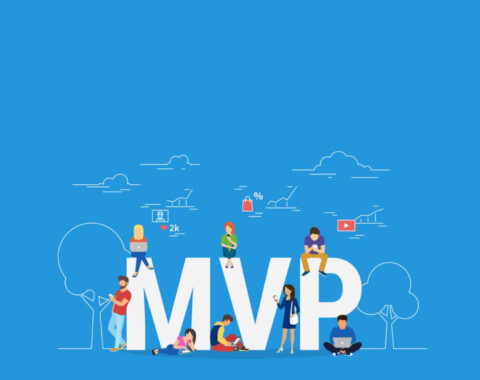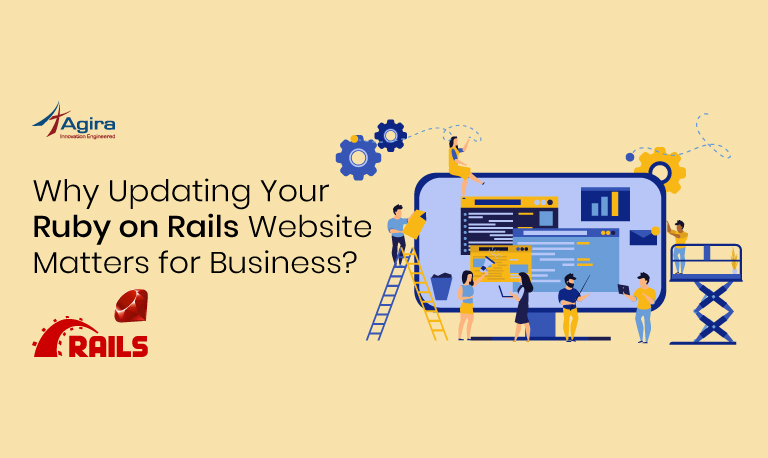Table of Contents
Why to Upgrade?
Rails 5.0 has a lot of new features. It addresses many issues and dealing with performance, security and new features like ActionCable, Rails API, Turbolinks 3 and etc. Check this out for more details: http://weblog.rubyonrails.org/2016/6/30/Rails-5-0-final/
Prerequisites
Rails 5.0 requires Ruby 2.2.2 or greater versions
Upgrade your application to Rails 4.2
Decent code coverage to make upgrade easier
Let’s do the steps for an upgrade, now:
1) Update ruby
Rails 5.0 requires ruby greater than 2.2.2. So install latest stable ruby version using RVM
$ rvm install 2.3.1
2) Update your gem dependencies to rails 5
Change rails version in Gemfile
gem 'rails', '~> 5.0', '>= 5.0.0.1'
Update Rails dependencies
$ bundle update rails
3) Update rails binaries and configurations
Run the following command for updating rails 5.0 configurations. This will add/modify the changes in bin/ and /config folders.
$ rails app:update
4) Generate DB schema rb file
Rails moved foreign and unique indexes to inside the create_table methods. To include these changes run migration again. No need to have a pending migration to generate a new schema.
5) Application classes
Rails 5.0 has new application classes that you should have and inherit from, the same way as ApplicationController or ApplicationHelper. Those are:
ApplicationRecord
ApplicationMailer
ApplicationJob
ApplicationRecord
All your models should inherit from ApplicationRecord
# app/models/application_record.rb
class ApplicationRecord < ActiveRecord::Base
self.abstract_class = true
end
ApplicationMailer
All your mailers should inherit from ApplicationMailer. Previous rails versions don’t have layouts for mailers. Create mailer layout under layouts directory.
# app/mailers/application_mailer.rb
class ApplicationMailer < ActionMailer::Base
layout 'mailer'
end
ApplicationJob
Change your jobs to inherit from your new ApplicationJob
# app/jobs/application_job.rb
class ApplicationJob < ActiveJob::Base
end
6) Validation changes
Rails 5.0 has changed the belongs_to relation to require presence by default.
belongs_to :model, required: true
You have to create an initializer to explicitly configure the new behavior for the app
#config/initializers/active_record_belongs_to_required_by_default.rb
Rails.application.config.active_record.belongs_to_required_by_default = true
And for every belongs_to relation that is not required, just add optional: true.
belongs_to :model, optional: true
7) Halt callback chain – throw(:abort)
Active Recor d or Active Model callbacks no longer halt when returning false. You should create initializer to explicitly configure this
# config/initializers/callback_terminator.rb
ActiveSupport.halt_callback_chains_on_return_false = false
Then you have to handle false manually like below example
class Person < ApplicationRecord
before_create do
throw(:abort) if you_need_to_halt
end
end
Conclusion
After all the above changes are implemented, we can run our application in Rails 5.0. As mentioned, If you have a decent code coverage then the upgrade will not be a big problem. However, check whether all gems supporting, are up-to-date. To know more about Ruby on Rails web application development follow Agira Technologies.










